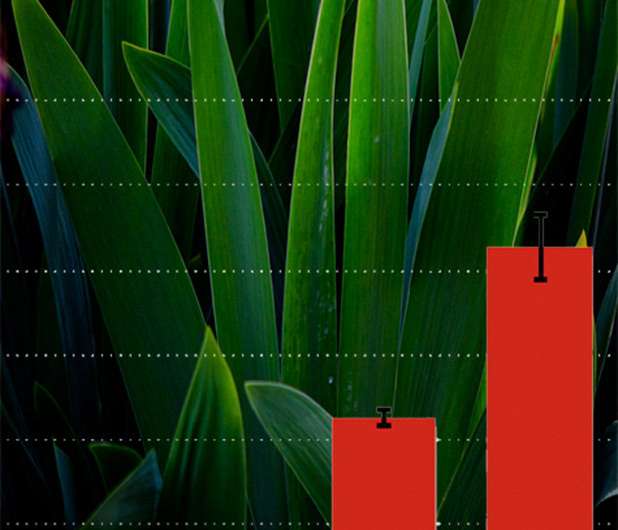Designer yeast consumes plant matter and spits out fatty alcohols for detergents and biofuels

Used in laundry detergents, medicines, and biofuels, certain alcohols known as long-chain fatty alcohols, with 12 to 18 carbon atoms in the backbone, are desirable products. These compounds can be made by a yeast called Saccharomyces cerevisiae. However, yields have remained low, slowing the adoption of microbes as producers of fatty alcohols. Through genetic engineering of S. cerevisiae, scientists improved the concentration and yield of fatty alcohol products from 2 percent to up to 20 percent of the maximum theoretical yield.
This work signifies progress towards renewable microbial production of fatty alcohols from plant matter, or lignocellulosic biomass. This plant matter can be derived from specialty bioenergy crops or from agricultural waste. In both cases, the feedstock does not impact food production.
At the DOE Joint BioEnergy Institute, researchers significantly improved the concentration and yield of fatty alcohols produced by S. cerevisiae from lignocellulosic feedstocks. This was accomplished by comparing four different fatty acid reductases, the enzyme responsible for catalyzing the production of the valuable, broadly applicable C12-C18 fatty alcohols. The best performing of the four enzymes was the enzyme isolated from the common mouse. In total, the researchers tested 24 gene edits, and they combined the top six into the best yeast strain.
The researchers demonstrated the production of 1.2 g/L fatty alcohols in lab flasks and 6 g/L fatty alcohols in a successful bioreactor scale-up. This corresponds to ~20 percent product yield of the theoretical maximum. This is a substantial improvement from the previous best of less than 2 percent of the maximum theoretical yield.
More information: Leo d'Espaux et al. Engineering high-level production of fatty alcohols by Saccharomyces cerevisiae from lignocellulosic feedstocks, Metabolic Engineering (2017). DOI: 10.1016/j.ymben.2017.06.004
Provided by US Department of Energy




















